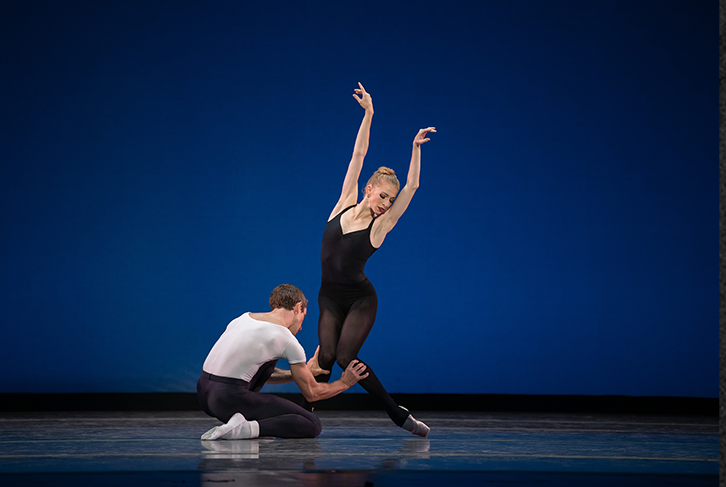“Nothing to prove, only to share.” That’s the line that professional ballet dancer Jessica Lind repeats to herself as she’s preparing to take the stage for a show. It’s a reminder that one of her fellow dancers used to tell her when she was nervous.
Ballet, like many perfection-driven and performance -based professions, requires an incredible amount of mental strength, on top of its exceptional physical demands. And like many in her field, Lind has struggled with performance anxiety in the decades she has been dancing for an audience — especially in her new role as one of four principal dancers for the Oregon Ballet Theatre in Portland, Oregon.
With the demands of her new job, she recently decided to start working with a therapist for the first time — to build her confidence, better manage her anxiety, and become the kind of performer who connects with her audience beyond just performing for them. “The dancers that can deal with [their anxiety] have this confidence and trust that they can be in the moment and do what they know how to do without letting the outside things affect them,” Lind said.
“When I feel myself getting really anxious, I’m able to pull one of those figures and settle my heart rate a little bit and get in touch with my breathing.” — Jessica Lind
Therapy has already helped her take some of her negative thoughts and associations and disconnect from them, so they don’t define her experience as a performer. She does this in part through mindfulness — a technique that allows her to focus on the task in front of her, instead of dwelling on the past or stressing about the future. Mindfulness helps you to be the best version of yourself, and do your best work in the moment, free from disruptive thoughts. One of the techniques she has developed in therapy is thinking of a peaceful place and a nurturing person in her life, and recalling those positive images in challenging moments. “When I feel myself getting really anxious, I’m able to pull one of those figures and settle my heart rate a little bit and get in touch with my breathing,” Lind said.
Her nurturing figure is her Dad, and when she finds herself descending into negative self-talk, she now thinks: “Would my dad say these things to me? Obviously, he wouldn’t.” Then she’s able to disconnect from those criticisms, and focus on her dancing.
Another technique Lind has worked on is visualization. “Before I even get into the theater, I visualize myself on stage, doing the steps, doing the performance,” Lind said. “Once I’m on the stage, I feel like I’ve done the performance multiple times, and I can really have fun with it and appreciate the opportunity to perform, without letting the mental stresses get in the way.”
Lind’s experience with anxiety isn’t unique. From dancers and musicians to athletes and teachers, so many jobs demand that we perform at our best. All of us can relate to feeling anxious before a big presentation or speech, or even about speaking up in a group setting. The same techniques that Lind learned in therapy to start to overcome her anxiety — like mindfulness and visualization — can be used in almost every challenging situation in life.
Whether you perform for a living, or just want to get more comfortable expressing your ideas with others, consider following in Lind’s footsteps and giving therapy a try. It can be an incredible tool for managing our anxiety — on and off the stage.
Click HERE for 10% off your first month.









